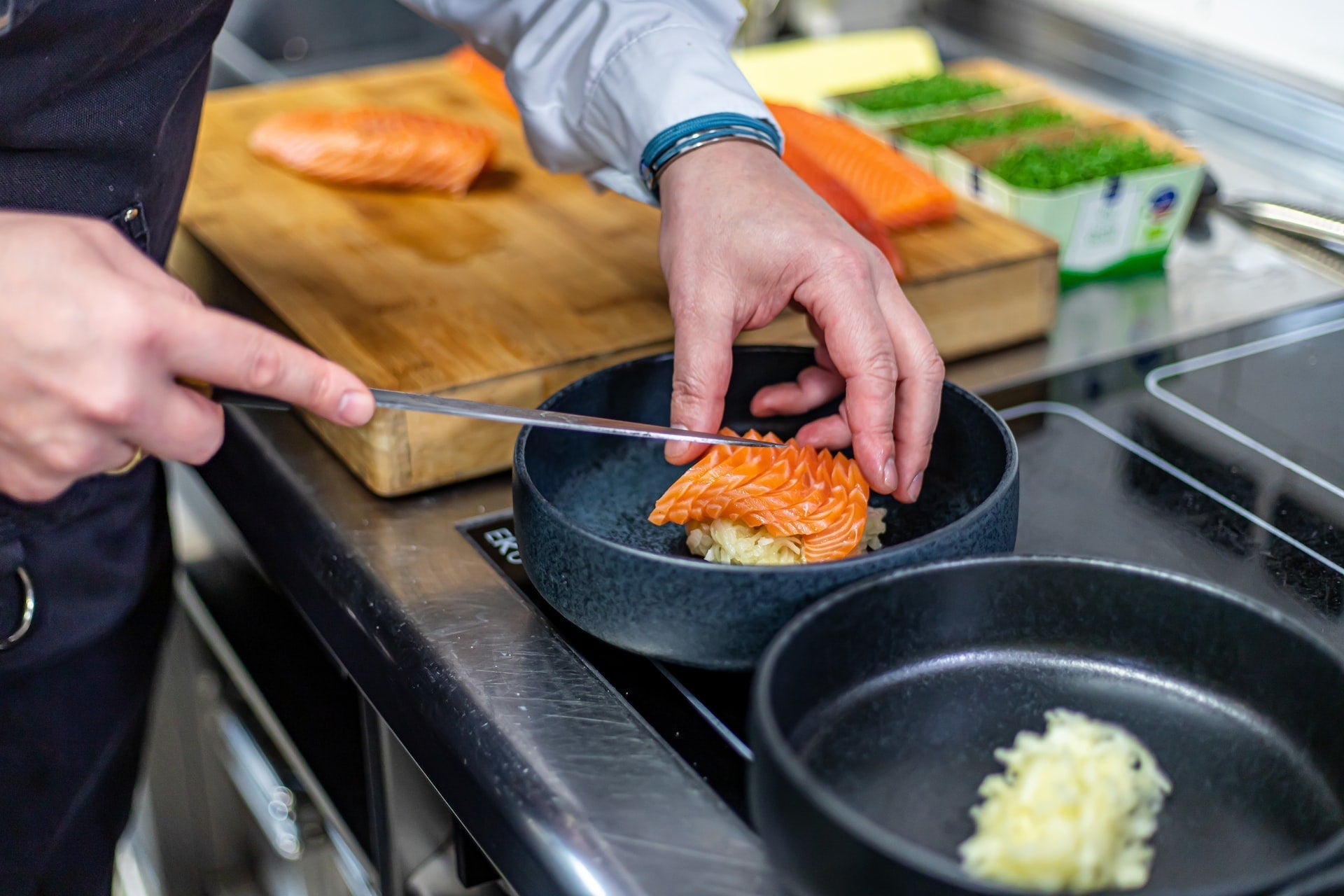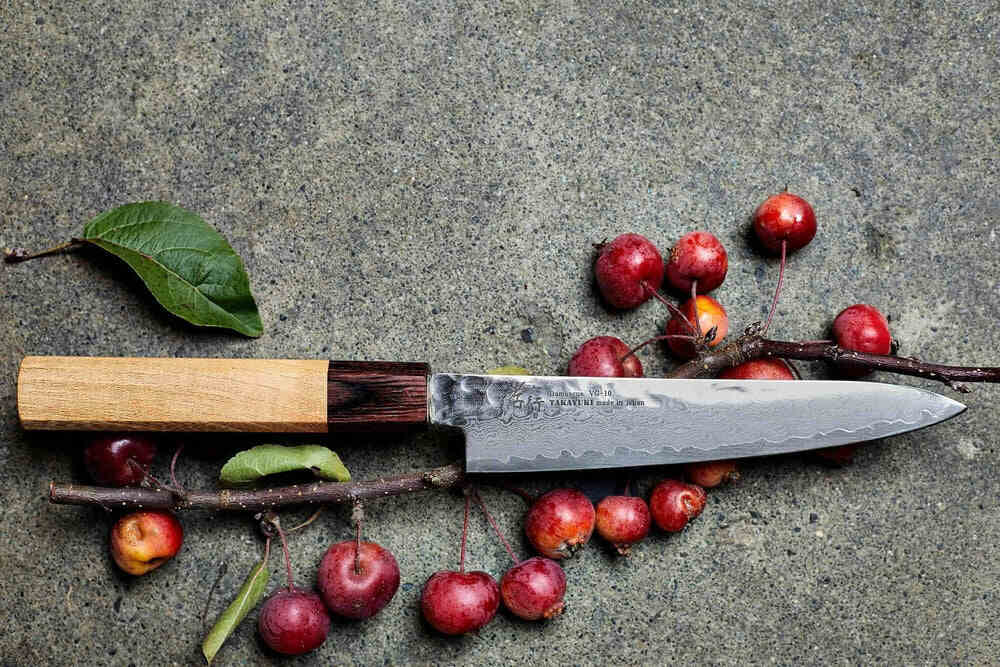
How To Use Your Japanese Knife
Japanese knives have a history that dates back centuries. They were originally crafted using traditional sword-making techniques, passed down through generations of skilled blacksmiths. Today, these knives are cherished by chefs of all skill levels, from seasoned professionals to home cooks. Their elegant design, precise craftsmanship, and lasting durability make them a valuable tool for anyone who takes cooking seriously.
Before buying a Japanese knife, it's important to understand which knife suits each task. Choosing the right blade for the job not only enhances precision but also helps maintain its longevity. With the proper knife, everything from slicing meat to mincing herbs becomes more effortless and efficient.
Santoku knives
The Santoku knife is widely known as a general-purpose chef's knife. It's versatile and similar in appearance to a Western-style chef's knife. Originally designed for home use it has quickly been adopted in a variety of professional and home settings. Here are a few notable characteristics of a Santoku knife.
- Curved tip (also known as sheep’s foot due to the shape)
- Double bevels
- Thin blade
The Santoku knife's thin blade allows for effortless slicing of delicate, thin cuts. Its design also provides excellent control and versatility. It’s a reliable choice for a variety of kitchen tasks, including dicing, mincing, and general cutting.
When holding a Santoku knife, use your thumb and forefinger to lightly pinch the blade while having the rest of your fingers hold the handle. You can then cut using a drawing-back or forward sliding motion.
The push and pull slicing techniques are effective and easier on your blade, though you can rock the knife gently when mincing herbs. Just avoid aggressive downward chopping that could dull the edge of the knife.
Nakiri knives
A Nakiri knife is a Japanese vegetable knife. The knife has a few qualities that set it
apart from other knives.
- Double bevel
- Rectangular shape
- Blunt nose
Nakiri knives are a fantastic choice for preparing a wide variety of vegetables, whether you're slicing, dicing, chopping, or mincing. They are also useful for cutting fruits. This makes it a versatile tool in the kitchen.
Unlike Santoku knives, Nakiri blades are designed for an up-and-down cutting motion rather than a rocking or sliding technique. However, like the Santoku, the thin blade allows for smooth and efficient push or pull slicing.
Gyuto knives
Similar to the Santoku, the Gyuto knife shares many features with a traditional Western chef’s knife. This versatile tool stands out with its curved blade, flat heel, and pointed tip.
- Curved blade
- Flat heel
- Pointed tip
A Gyuto knife is suitable for slicing, dicing, chopping, and cutting a variety of ingredients, including vegetables, fruits, meat, and fish. It can also be used for disjointing meat cuts.
With a sharper and more pronounced curve at the tip, the Gyuto allows for smooth rock-cutting motions. While it supports multiple cutting techniques, it is not ideal for hard chopping or working with tough materials like cartilage and bones.
Purchase Handcrafted Japanese knives online
With Hasu-Seizo, you can purchase Japanese knives that transform the way you prepare your meals. Our handcrafted artisan knives from the Sakai Takayuki as well as other blacksmiths across Japan are created by master craftsmen.
Our full selection of Hasu-Seizo knives includes the knives mentioned above, along with several other types made with precision from high-quality steel.
As a family-owned and operated business, we're passionate about introducing people to the wonders of a finely crafted Japanese knife. If you have any questions about our knives or need assistance placing an order, please email hello@hasuseizo.com, call 1 (425) 273-5362, or complete our online form.


